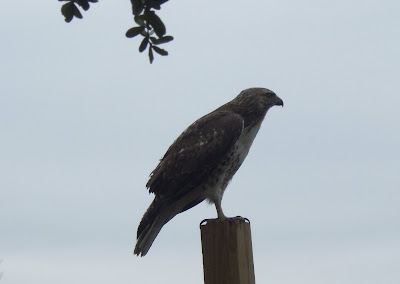Our Green Tech electives are semester long. In a mere 16 weeks students in Mr. Brooks's classes have made a huge impact on our campus.
Chickens
Underused picnic tables were relocated to the front of the schools. This left an empty concrete pad in a protected alcove close to water and electricity. Mr. Brooks reclaimed this area and relocated the Frisby coop to offer better lodging for our layers. Next semester should see the debut of ChickenCam.
Notice the resemblance?
Vermiculture
Working with Keep Austin Beautiful students began an indoor composting station that employs red wigglers to break down food scraps and strips of discarded newsprint. Students have learned that reducing waste is not enough. We have to find ways to harvest the nutrients in the waste that we still generate.
Expansion of Food Production
Another collaborative effort doubled the capacity of our raised vegetable gardens. Students also improved the structure of the protective cold frames. Already students have munched on chard, kale, spinach, parsley, and cilantro. Modeling local organic food production is not just targeted for our students, but the community as well.
Sheet Mulching
The former site of the chicken enclosure is being revitalizes with cardboard, leaf mold and leftover soils from this semester's projects. Students bravely battled gusting winds often chasing flatted boxes across the back courtyard. The Frisby chicken tractors are still getting a lot of use.
Herb Spiral
Another collaborative effort combined surplus soils with Lake Travis driftwood, cemetery stones, and leftover building materials in a coiled bed for growing herbs.
Cafeteria Composting
Mr. Brooks's student collect cafeteria waste daily. They are using several composting methods including a compost tumbler, a compost tea maker, and wooden bins made by Mr. Scott's students.
As we wind down the Fall semester, we are gearing up for plenty of green activity in the spring.
















